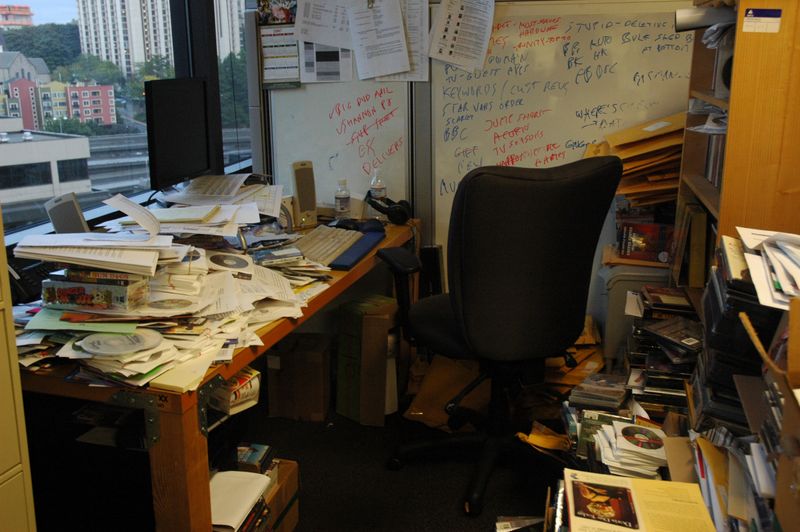 Photo by Wonderlane on Unsplash
Photo by Wonderlane on UnsplashDo you write reminders or tasks on sticky notes, in your phone, planner, or calendar? Do you then feel overwhelmed with the amount of information in different places?
 Photo by JESHOOTS.COM on Unsplash
Photo by JESHOOTS.COM on UnsplashThe Getting Things Done method (GTD) uses a 5-step strategy that will help you become more productive and organized.
Getting Things Done Method (GTD) Overview
 Photo by Andreas Klassen on Unsplash
Photo by Andreas Klassen on UnsplashCapture all potential meaningful things, clarify what you will do about them exactly, organize the results in functional categories, which you reflect on. Then engage.
— David Allen, Getting Things Done: The Art of Stress-Free Productivity
Getting Things Done (GTD) in 5 Steps
Capture: write down what is on your mind.
Clarify: make your capture list specific and actionable.
Organize: Put it in the correct category.
Engage: Complete items.
Reflect: Review your list frequently.
Step 1: Capture
You can't organize what's incoming — you can only capture it and process it.
— David Allen
 Photo by Sara Kurfeß on Unsplash
Photo by Sara Kurfeß on UnsplashRecord what is on your mind using paper or technology.
Items to capture can be personal or professional:
tasks, meetings, and projects
events and errands
ideas
health needs
book, music, or movie recommendations
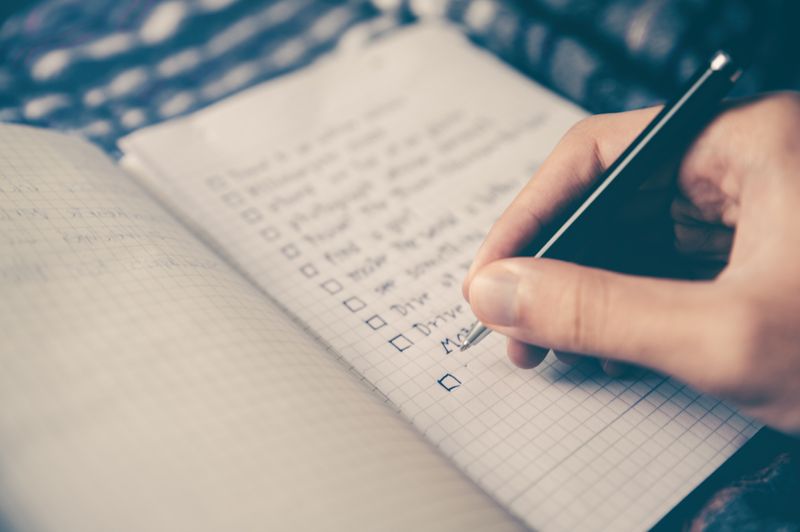 Photo by Glenn Carstens-Peters on Unsplash
Photo by Glenn Carstens-Peters on UnsplashSteps 2 & 3: Clarify & Organize
The secret of getting ahead is getting started. The secret of getting started is breaking your complex overwhelming tasks into small, manageable tasks, and then starting on the first one.
— Mark Twain, author

Clarifying
Previously, you captured your list, and you most likely wrote short points. When clarifying you want to create specificand actionable items.
Dos

Do make your list specific and actionable with details, like this:
Complete W2 paperwork and submit it to ABC company
Clean out the bedroom, wash walls, and prep to paint
Call Landon about fixing the leak in the kitchen
Don'ts
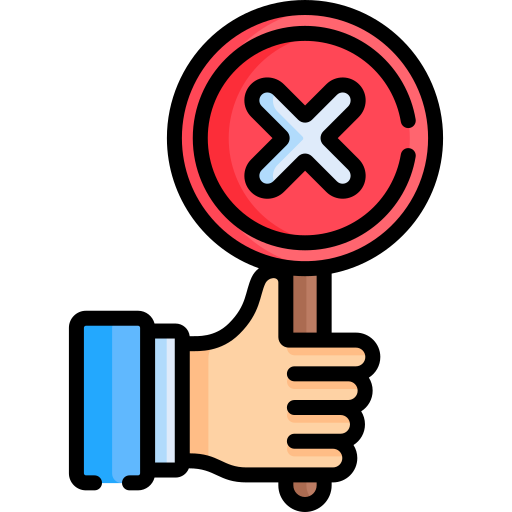
Don't make your list short, like this:
W2
Paint bedroom
Call Landon
Organize
Now is the time to organize your “inbox”.
Place each item into one of the following categories:
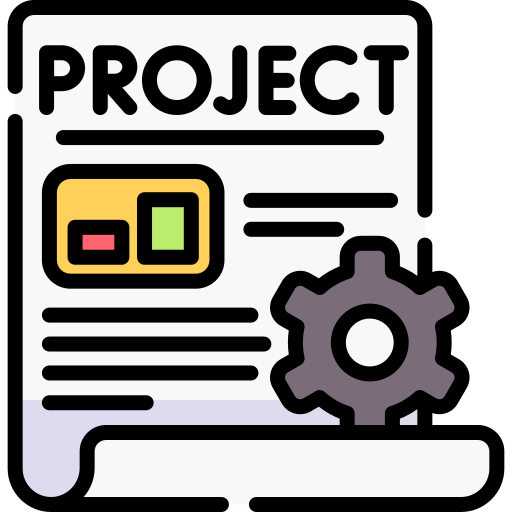
Projects: Any task that has more than one step. Make sure to list out ALL the steps it will take to complete the project. You can separate projects into different categories, such as work or personal.

Someday/Maybe: Items that you want to complete in the future. These can be projects, shows to watch, places to go, ect…

Next Actions: Complete these task(s) the next chance you have.
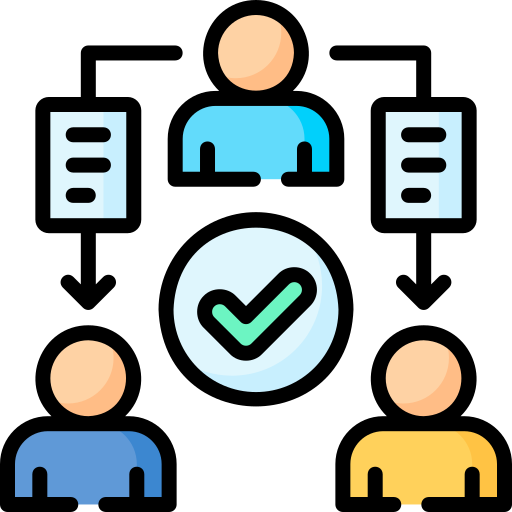
Delegation: Items you can give to someone else to complete.

One-off Tasks: Items that only have one step, but may take longer than 2 minutes.
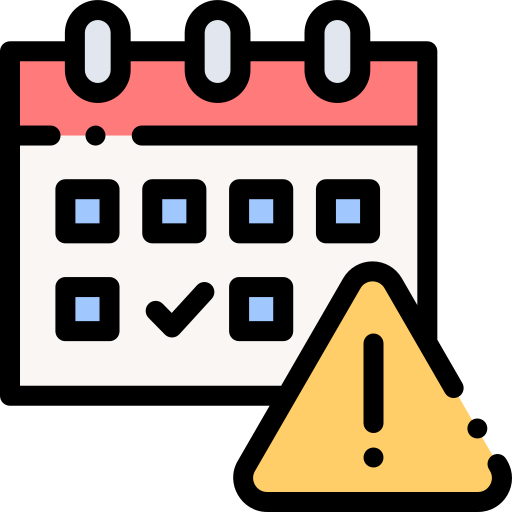
Task(s) with a Due Date: If there is a specific deadline, schedule the task. If the item doesn't need a specific deadline, put it into the Next Actions category.

Agendas: Items that you need to bring attention to. This could be for work or personal purposes, and it could include items to bring to someone.

Reference Materials: Items that don't have an action, but need to be filed. For example, phone number, email address, website, documents, etc.
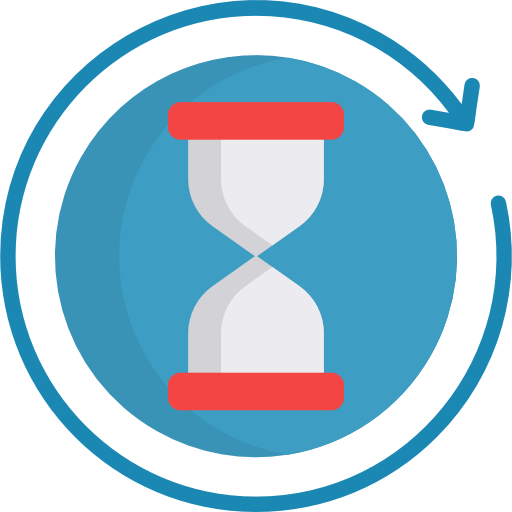
Waiting For: Items someone else is currently completing.

2-Minute Rule: If it takes less than 2 minutes, get it done and over with.
Quiz
Which item(s) would make a specific and actionable item for your list?
Step 4: Engage
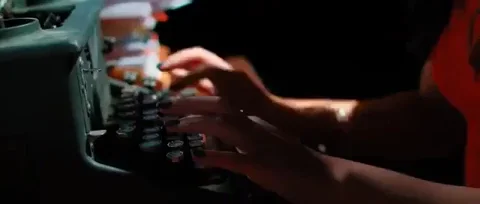
Now it's time to complete your task(s)! Use the following to help you decide what task to complete.
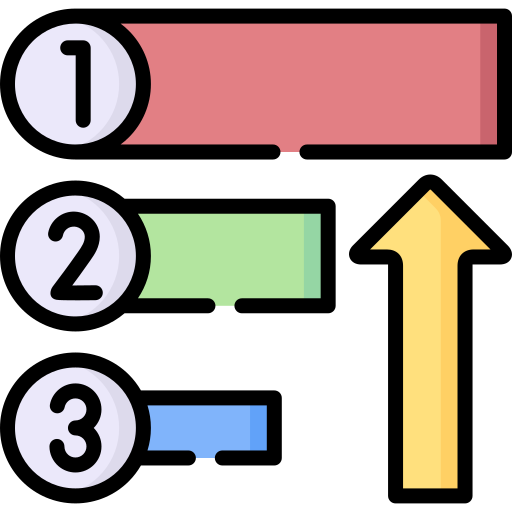
Priority: What has to get done today? Anything with a due date? Complete the highest priority items first.

Context: Complete similar items around the same time. Don't try to multitask.

Time Available: Do you have 5 minutes, 15 minutes, or an hour? Choose a task you can complete in the time you have available.
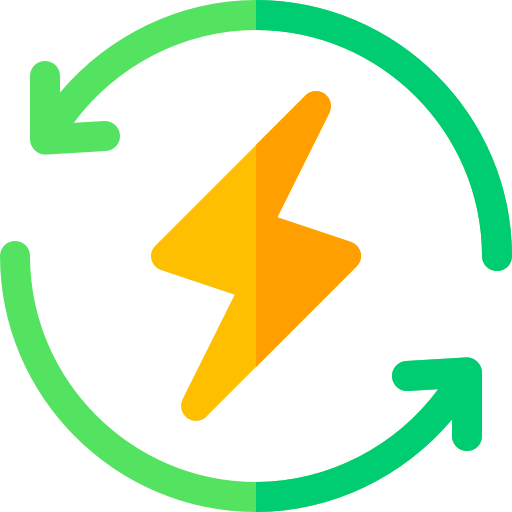
Energy Available: What is your energy level? Do you have high energy or low energy? If your energy is high, stick to a high priority task. If your energy is low, stick to a low priority task.
Help Clay decide what tasks to complete!

Today is 3/23. Clay has to attend a planning meeting at 10:30 AM. He has the following items in his inbox:
A. Call Vanessa about the edits on project B by 3/27 (60 minutes)
B. Send e-mail to Felix about scheduling his performance review by 3/24 (2 minutes)
C. Write up financial proposal for Client X by 4/6 (90 minutes)
D. Send out XYZ file by 3/23 (2 minutes)
E. Complete videos 1-5 on Training ABC by by 3/24 (30 minutes)
Quiz
It is 9 a.m. and Clay needs to decide what tasks to complete to maximize his time before his 10:30a.m. meeting. What tasks should he complete and in what order?
Step 5: Reflect
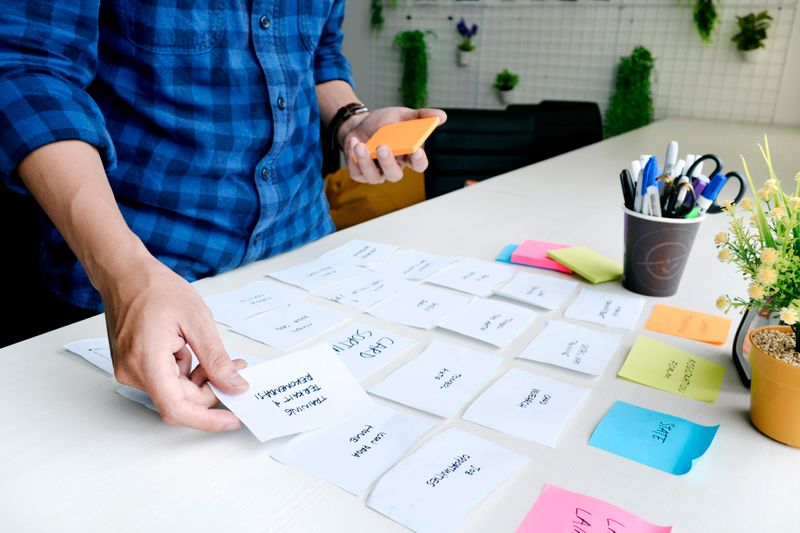 Photo by UX Indonesia on Unsplash
Photo by UX Indonesia on UnsplashUse your mind to think about things, rather than think of them. You want to be adding value as you think about projects and people, not simply reminding yourself they exist.
— David Allen, Getting Things Done: The Art of Stress-Free Productivity
It's important to review and reflect on the items you've placed in your categories. Reflecting will help you stay on top of your new organization system.
Once a week you should reflect by…
Reviewing your categories and tasks
Updating and organizing any task that needs to be moved
Deleting task(s) that are no longer actionable

Quiz
Once a task is assigned a category, it can only move out of that category once the task is completed.
Take Action

Get started on the Getting Things Done method!
Your feedback matters to us.
This Byte helped me better understand the topic.
